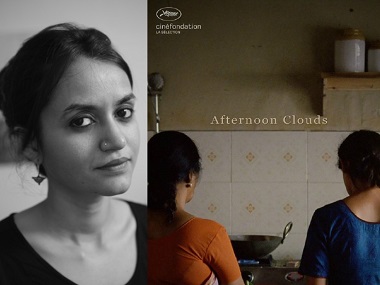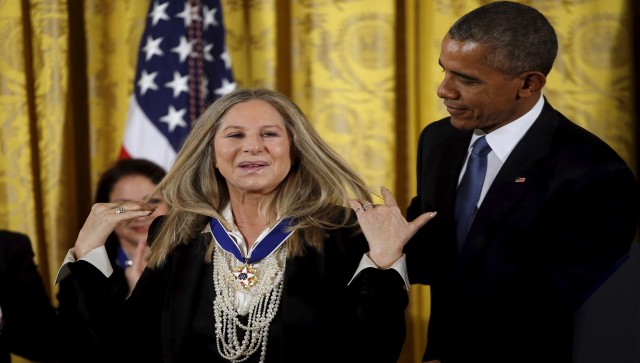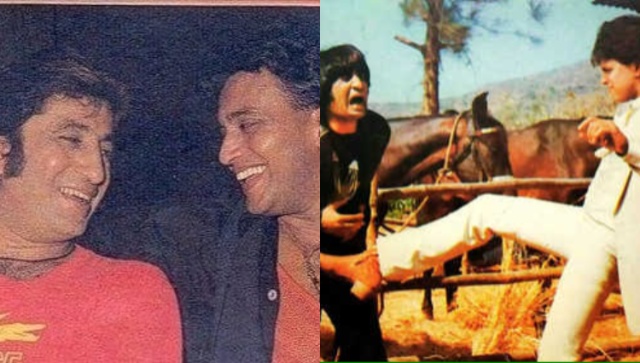When I first spoke to Payal Kapadia, who holds the honour of being the director of Afternoon Clouds, the only Indian film to compete at the 70th Cannes Film Festival, she sounded both excited and flustered. The 30-year-old final-year student of the Film and Television Institute of India (FTII) was preparing to go to the French Riviera and was worried about her team not getting their visas on time. Her film was picked from 2,600 submissions in the Cinéfondation category from film schools across the world. Now, she is back and finds that her experience was very different from the way that the Cannes festival is portrayed in the media.
Afternoon Clouds was a studio exercise that Payal Kapadia had to execute at FTII in her second year. She calls it the story of two women — a middle-aged woman and her domestic help, a migrant from Nepal — who live alone in an apartment. “The film looks at the notion of love in a space where these things are not easily spoken about. Through it, I am trying to explore the ideas of vulnerability and impermanence,” says Kapadia.
She says that she has been preoccupied by the subjects the film explores across various projects. “In India, I think love expressed by women is a very complex and difficult thing. It comes with the mixed feelings of exhilaration and fear. There is a sense of uncertainty that lingers on in the decision one makes. These are also very personal preoccupations and so I was compelled to explore them through cinema,” she explains.
Such feelings are sensitive, and Kapadia said her own personal questions about them inspired her to make the film, which was partly influenced by her own grandmother’s story. She says that daily life is a huge inspiration for her, and that the mundane and banal are a great space for drama. “One does not need to look too far for inspiration because the life that surrounds us is full of poetic possibilities including dreams and memories,” she says.
The other major influence for this film was senior Indian artist Arpita Singh’s paintings, in which she finds a sense of lightness combined with melancholy. She finds that through drawings of the female body, Singh manages to talk about transient feelings by using seemingly simple devices.
If you take a look at the trailer of Afternoon Clouds, you will notice that there is a sense of silence ad tranquil to it. The focus is on the visuals and subjects, with the sound and dialogues being minimalistic. This is also true of the glimpses you will get of her other films, such as Watermelon, Fish and Half Ghost and The Last Mango Before Monsoon. She says that the challenge with respect to making this 13-minute film lay in bringing to life a believable set and mise-en-scène, when every little detail had to be recreated inside the four walls of a studio. Another challenging aspect was the creation of natural light, and giving the film a realistic feel.
Kapadia describes the feeling of receiving the news about her film’s selection surreal. She was shooting a documentary film with her crew in a remote forest of Bhimashankar, Maharashtra, when she received an e-mail from Cinéfondation. A few weeks later, she and the Afternoon Clouds team were at Cannes, where she was exposed to the “serious side” of the festival, which she says is not portrayed by the media. “It was wonderful to meet and interact with filmmakers from around the world who were also presenting their films at Cinefondation. There was a lot to learn from each and every film,” she says.
She also holds the honour of being FTII’s only student whose film has gone to Cannes. Now Payal’s back at FTII, where she has two more projects lined up as a part of her last year coursework. She describes the film institute as one of the best learning experiences, and says that it has contributed to her style of film making too. “Film school — like any art school — is not just about learning the skill or using the camera. It is about constantly engaging with ones medium and interacting with others who have similar yet varied preoccupations. It gives you time to think about your practice and develop a language for yourself,” she says.
Kapadia further goes on to talk about her peers and professors, whose processes and discussions have shaped her point of view on cinema. This, as well as the ability to access rare films due to FTII’s association with the National Film Archive, has been important to her learning process.
She also highlights the fact that FTII is a subsidised school where people from different socio-economic backgrounds can learn film making, which is expensive. She says that many people may not have not the opportunity to study film if it were not for a space like her film school. “It allows for a wide range of views and experiences to be expressed and heard, which truly represent a microcosm of the entire country,” she adds. After she graduates, Kapadia hopes to develop a feature film and continue experimenting with the short film format.
Watch the trailer of Afternoon Clouds here:


)




)
)
)
)
)
)
)
)